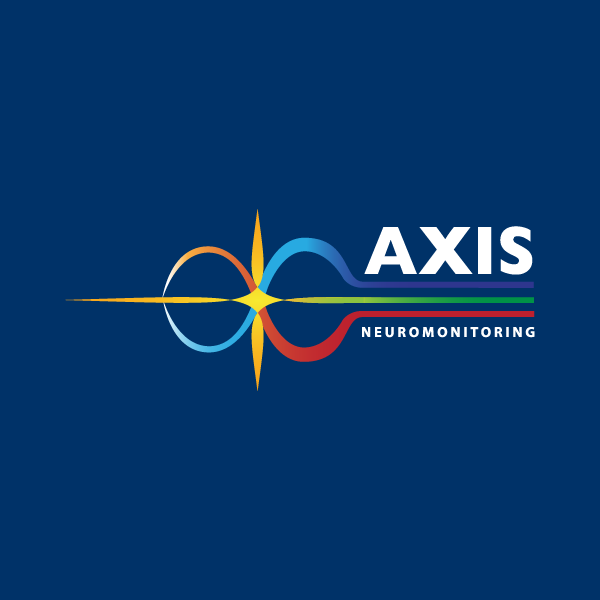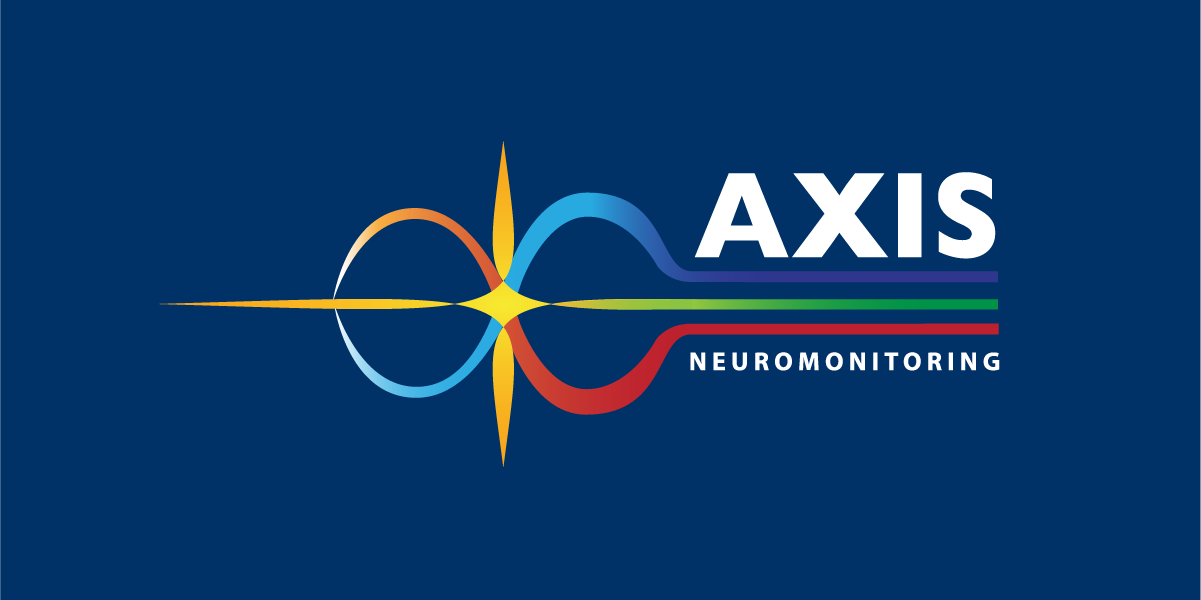Intraoperative Neurophysiological Monitoring (IONM) for Lumbar Laminectomy
December 28, 2025
When a patient and their doctor decide surgery is the best option for treatment, the intention is that surgery will provide the patient with the outcome it was recommended for. Especially during surgeries performed in close proximity to major nerve networks, such as the spinal cord, complications can result that directly contradict the surgical goal. This is sometimes the case in performing laminectomy surgeries.
A lumbar laminectomy is a type of surgery in which a surgeon removes part or all of the vertebral bone to ease pressure on the spinal cord and nerve roots. This pressure can be caused by injury, herniated disk, spinal stenosis, or tumors. Whether the result of an unsuccessful decompressing of nerves, unforeseen nerve damage, or failed spinal fusion, the post-laminectomy syndrome may develop postoperatively. A post laminectomy is a condition in which a patient continues to experience pain after undergoing a laminectomy procedure. In an attempt to safeguard against these complications, Axis Neuromonitoring provides high-quality Intraoperative Neurophysiological Monitoring (IONM). “We monitor the integrity of nerves and neurological responses along neural pathways, helping surgeons identify, and protect neural structures,” said Dr. Faisal R. Jahangiri of AXIS Neuromonitoring in Richardson, Texas.
For one 53-year-old patient diagnosed with lumbar radiculopathy, the recommended treatment was a lumbar laminectomy to be performed at L5-S1. In addition to this procedure, a posterior lumbar fusion (PLF) was also required to be provided at L5-S1.
Using Upper and lower Somatosensory Evoked Potentials (SSEP), lower Electromyography (EMG), Triggered Electromyography (T-EMG), Electroencephalography (EEG) and Train of Four (TOF), as the preferred neuromonitoring tests for the 53-year-old patient’s lumbar laminectomy, posterior lumbar fusion, and posterior spinal fusion, the Axis neuromonitoring team was able to successfully observe and provide immediate feedback regarding the patient’s status to the surgical team.
An attenuation of waveforms was observed by the Axis technologist during the procedure and was subsequently correlated to high anesthesia levels, fluctuating blood pressure, and patient position. Right upper SSEP showed significant attenuation during the procedure. Thanks to the use of Axis neuromonitoring, the surgical team had the information the anesthesiologist needed to adjust the patient’s right arm. This decision saw the right upper SSEPs return to baseline and as a result, there were no neurological deficits noted postoperatively.
The kinds of sensory changes measured by the SSEP would not have been identified without neuromonitoring. Improper positioning, ischemia, stretching, or compression of the nerves during surgery could result in an injury to the brachial plexus. The brachial plexus is the nerve network responsible for feeling and movement to the shoulder, arm, and hand. An injury at this site could have left the patient with any number of postoperative complications. Muscle weakness, numbness, severe pain, or persistent burning sensations down the right arm may have left the patient without a fully functional limb. A consequence that would have greatly affected the patient’s life.



